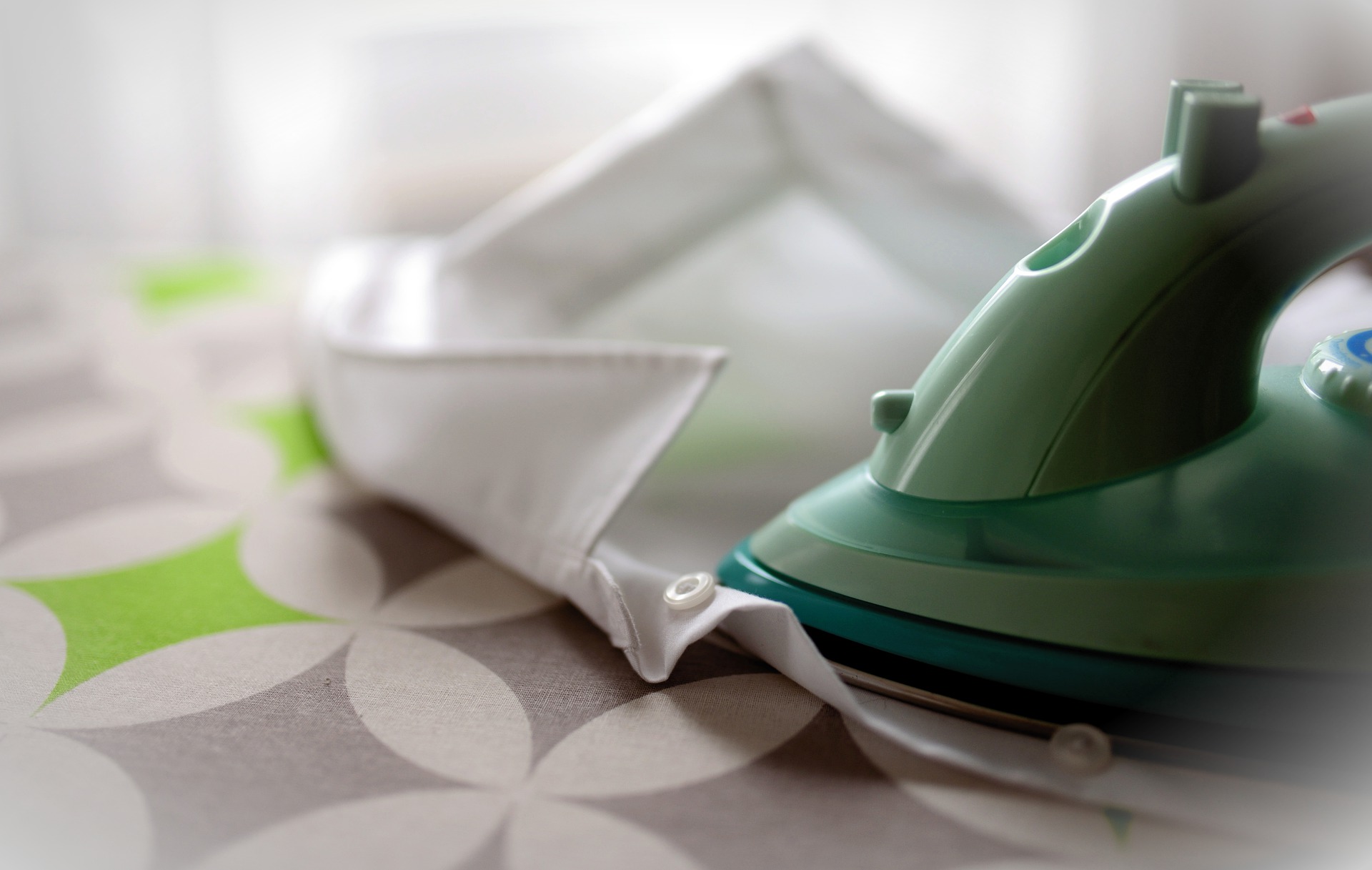Are you sure you iron your clothe sin a proper way? Read this article and find out whether you are doing it right and how you can improve the ironing so that it will not take too much time and will be safer for your clothes.
Do you really understand what the symbols in the instruction mean?
All of the clothes comes with instructions on washing and ironing, yet, you might not be aware of a proper way of reading it.
Certainly, when you see a crossed iron, you can understand it means ironing of this piece of clothes is prohibited, otherwise you are risking to damage it permanently. This is pretty obvious, however, things become more complicated when you can see an iron without being crossed with various additional symbols such as dotes and lines.
First of all, you should know that dotes on the symbol of an iron mean the maximum temperature you can use with a particular piece of clothes. Thus, one dote stands for a maximum temperature of 100 degrees. Each extra dote adds 50 degrees to the maximum allowed temperature, so that 150 degrees is shown as two dotes while three dotes stand for 200 degrees. Note that this does not means you necessarily have to use such temperature, it is better to start with a lower one. The lower the temperature is, the less harsh for the fabric it is.
Another symbol used for ironing instructions is the one looking like two lines. Two lines under a crossed iron means that the piece of clothes can be ironed, however, you are not supposed to use vapour. If the iron is not crossed and it has two lines, it means you can vapour it without ironing.
Finally, the symbol of an iron without any lines means the garment can be ironed with the use of vapour.
A proper way of ironing different types of textiles
It is useful to know about the way you can iron particular type so fabrics as sometimes people do not iron some textiles which can actually be ironed and also iron the ones which are not supposed to be ironed.
For instance, synthetic fabrics can be burnt within a second which makes many people to resign from ironing it altogether. Actually, such clothes can be ironed if you cover the clothes with a piece of wet gauze. It has already been mentioned above that it is advised to start ironing with a lower temperature. It is especially crucial for the clothes made of synthetic polymers such as polyamide or polyester. Pay your attention to the fact nylon is not supposed to be ironed.
You can also iron silk. Make it wet first and then use low temperature for ironing. Note that it is not recommended to sprinkle the fabric with water during ironing as silk may have stains of water drops afterwards. Also use gauze for ironing silk.
Generally, the majority of woollen clothes does not require ironing, however, you might have pieces of clothes made of this threads of wool which can develop folds and other imperfections just like other textile materials. In such a case, you should use wet gauze for ironing as well. Set the temperature to a pretty low level. Remember that wool can shrink from ironing just like it shrinks when it is washed in a high temperature. By the way, if your clothes shrunk after washing, you can soak it with water and stretch while ironing. This will bring it to its initial size. Note that jersey fabric can be stretched by ironing as well. It is recommended to iron it with the temperature of 200 degrees without sliding an iron on the surface. You just need to touch the surface making vertical movements on the surface of the clothes.
Viscose is one of the rare materials which does not require water for proper ironing. For the majority of other fabrics water is useful for efficient ironing.

